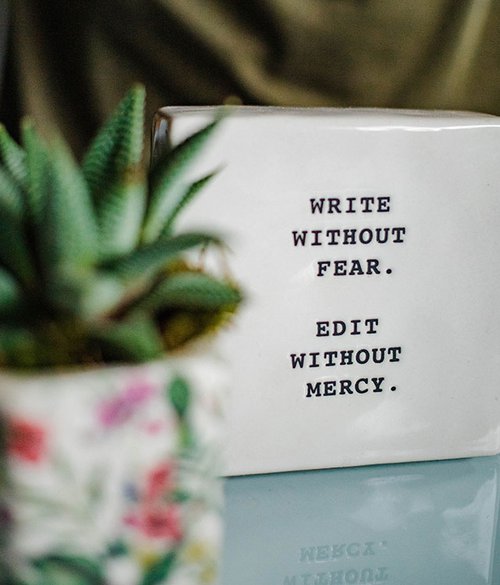How to write professional emails that get results
By MAS Team
What are 'professional' emails and why is it so important to nail them? Turns out, getting emails right is an easy way to get ahead. And save other people a fair bit of headache along the way.
So backspace those big thesaurus words, long sentences, and overly formal clichés. Christine from Clearspace has tips on how you can use plain language to become a communication superstar. It's all about writing for your reader.
Good writing starts with good thinking. And it might sound obvious, but you'll want to give your reader some thought before you dive right in. Ask yourself, who are they? What will be relevant or helpful to them? What headspace will they be in? How much time do they have? Will they be passing this on to anyone else? Once you have an idea of what they need, it becomes a much easier email to write.
Your subject line could be the reason your email gets put in the virtual trash. No pressure, right? But here’s a trick to getting your email clicked – make the subject relevant to your reader. This means wrapping in some sort of benefit or interesting proposition, so they want to learn more. But make sure your purpose is clear and specific instead of short and vague. And seriously, leave the ‘hellos’ for inside the email itself.
Pssssst, you might be putting extra pressure on your reader without realising. Here’s a tip: don’t start your email with an open-ended question. This is normally well-meaning fluff like, “How was your weekend?” But to your reader, it’s another thing they have to do. You could instead show your manners by choosing a friendly note at the end of the email, “Have a good weekend”. Just keep your reader in mind—you don’t want to come across as overly familiar.

Here’s where it gets a bit confusing. In school, we’re taught to take the reader on a journey that leads up to our main point. Remember? But for business emails, do the opposite. Get to the point early to avoid wasting your reader’s time and draining their energy. Then, your supporting info can follow. Just make sure it’s all relevant – no unnecessary stuff or doubling up on ideas. Email looking long? Use headings to break up your content.
You’ve probably heard that you should write like you speak. But here’s what gets forgotten – write like you would speak at work. Not at the pub with your mates. It’s an important distinction, but still comes down to sounding human. Keep your writing style simple and natural. Not sounding like a robot will improve your tone – you’ll no longer rely on exclamation marks or smileys to get your point across :) !!!
Before you press ‘send’ – stop and think. Could this be condensed? Is there anything that isn’t supporting the point? Is there anything that’s unclear? Give it a read over to make sure you’ve hit on all the tips above. You could call on a coworker to take another look. If they can understand your main message the first time reading it, you’re good to go. Just make sure there’s no one copied into the email that doesn’t need to be.

Research shows that writers who don’t try to show that they’re smart, actually come across as smarter to their audience. Why? Because they’re being considerate of the reader. So before you start marching to the beat of your own digital drum, show your empathetic side. More importantly, ask yourself – do I really need to write this email? Some things will always be better said in a phone call or face to face.

It's no secret that as we age our health may decline, which can take a toll on our overall well-being. Learn how to look after it with the power of social participation.

Professionals across the country are proving that you can have creative side hustles as writers, playwrights and artists no matter what line of work you do and how busy you are. Here is Andrew's story.

In the case of a natural disaster, here are some handy tips to help you and your family stay safe.